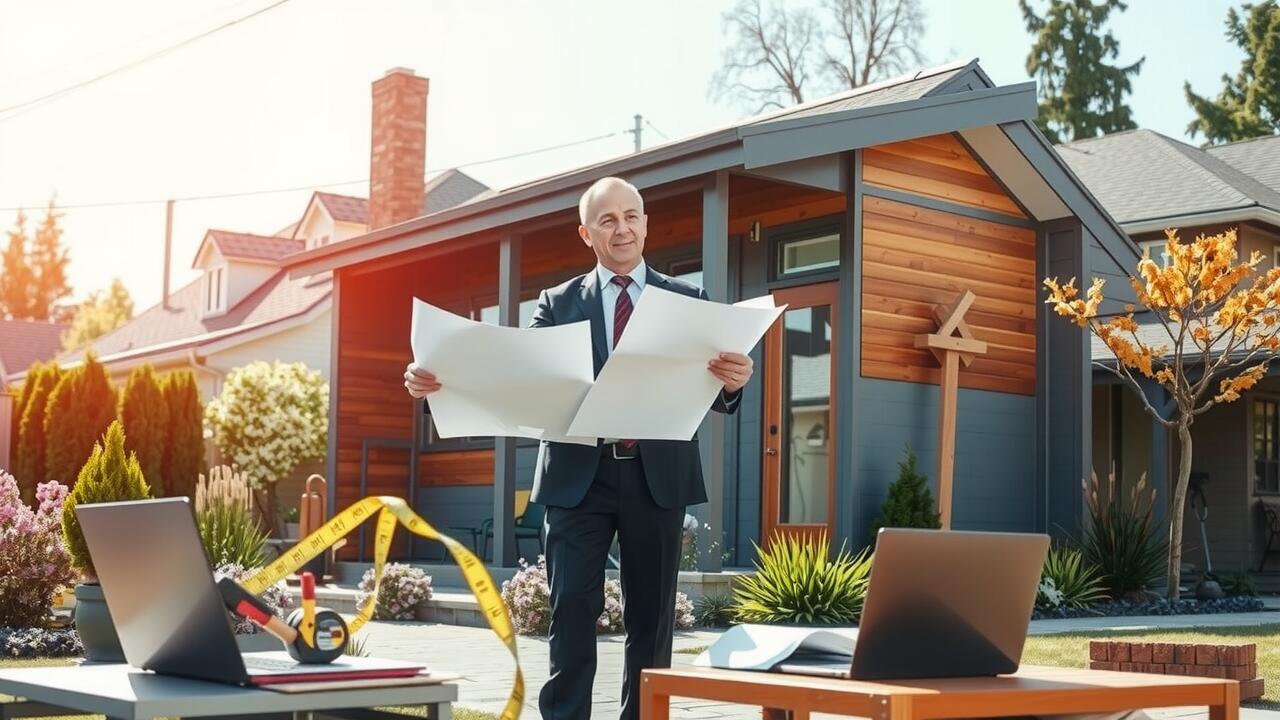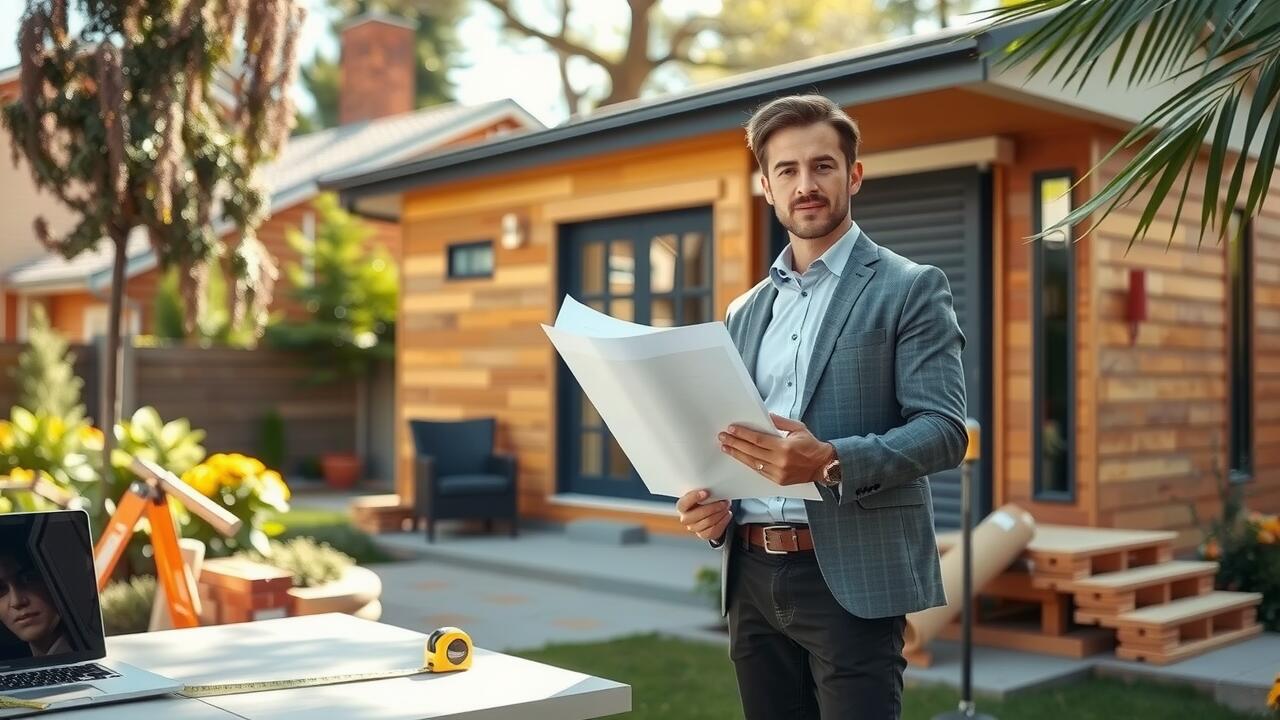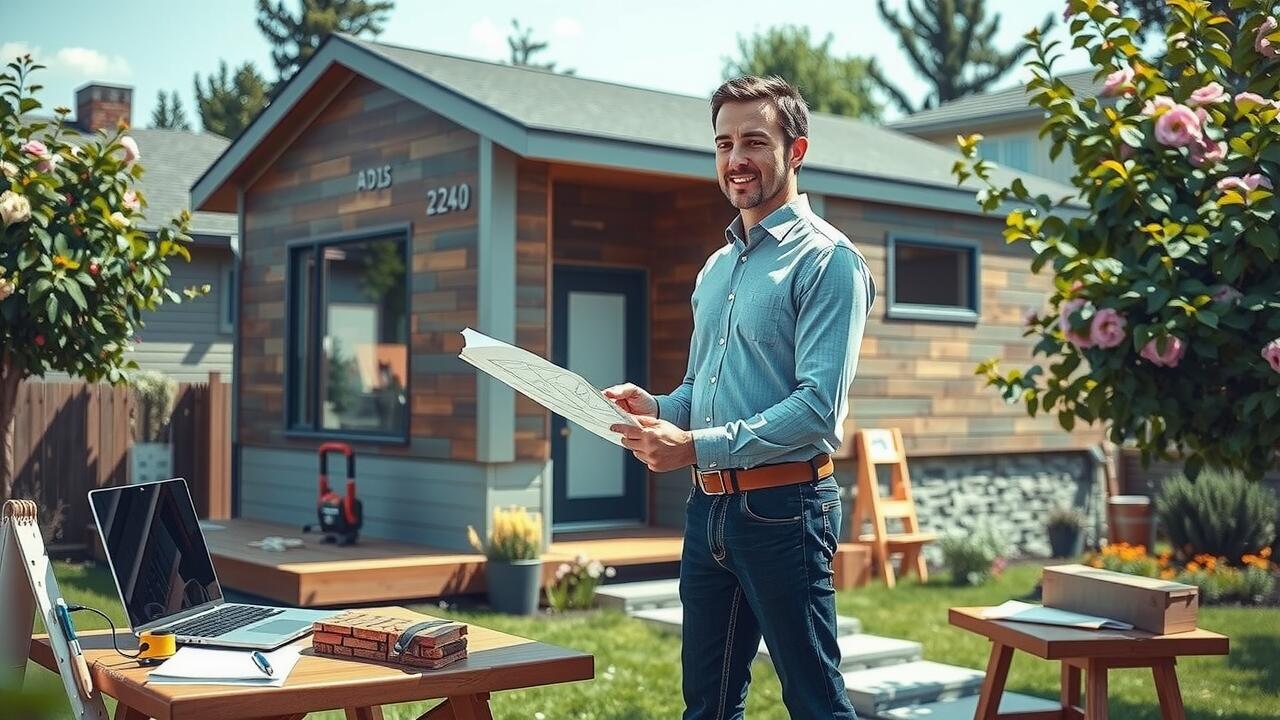
Table Of Contents
Financing Your ADU Project
Financing an ADU project requires careful planning and consideration of various funding options. Homeowners in Canyon Country, Santa Clarita, can explore traditional mortgages, home equity lines of credit, or personal loans. Each option has distinct advantages and drawbacks, making it essential to evaluate which best fits your financial situation. Grants and subsidies for ADUs might also be available, offering potential cost savings.
Understanding the costs associated with building an ADU in Canyon Country, Santa Clarita, is vital for accurate budgeting. Expenses can range from materials and labor to permits and utility installations. It’s advisable to prepare for unexpected costs by allocating a contingency budget. Researching local contractors and their pricing can provide insights into realistic financial expectations for your project.
Understanding Costs and Budgeting
When planning an ADU in Humphreys, Santa Clarita, it’s essential to establish a clear budget that accounts for all aspects of construction. Costs can vary widely based on several factors, including size, materials, and design complexity. Homeowners should also consider potential fees for permits, inspections, and utility connections. Gathering multiple quotes from contractors can provide valuable insights into the expected range of expenses and help in making informed decisions.
Additionally, it is wise to factor in ongoing costs associated with an ADU project, such as landscaping and maintenance. Many homeowners underestimate how these elements can impact their overall budget. It is crucial to have a comprehensive approach to financial planning, ensuring that both initial expenditures and long-term ownership costs are thoroughly evaluated. This will lead to better financial management and overall satisfaction with the investment in an ADU.
Local Regulations for ADU Construction
Local regulations play a crucial role in the construction of accessory dwelling units (ADUs) in Canyon Country, Santa Clarita. Homeowners must familiarize themselves with zoning laws, building codes, and any specific requirements imposed by the city. These regulations often stipulate parameters such as the maximum square footage of the ADU, necessary setbacks from property lines, and the overall height limitations. Understanding these rules ensures that your project remains compliant and reduces the likelihood of any delays.
In addition to zoning laws, potential builders should also consider the permitting process. Obtaining the necessary permits may require thorough documentation, including architectural plans and proof of property ownership. Local officials might have additional stipulations regarding utility connections and landscaping. Completing these steps correctly will streamline the process and help in creating a functional and harmonious ADU in Canyon Country, Santa Clarita.
Navigating Sand Canyon Zoning Laws
Navigating the zoning laws for an accessory dwelling unit (ADU) in Canyon Country, Santa Clarita, requires an understanding of specific local regulations. Homeowners must familiarize themselves with lot sizes, setback requirements, and height restrictions. Each of these zoning laws can significantly influence the design and feasibility of your ADU project. Additionally, obtaining the proper permits is crucial before construction can begin, ensuring that your ADU complies with all municipal guidelines.
Building an ADU in Canyon Country, Santa Clarita, often involves consulting the city’s planning department to better understand the restrictions that may apply. Some residential zones may have additional requirements or incentives for creating an ADU. Engaging with local planners early in the process can help streamline your project and clarify any potential obstacles. This proactive approach fosters a smoother journey toward obtaining approval and realizing your vision for additional living space.
Maximizing Space in Your ADU
Creating an efficiently designed ADU in Canyon Country, Santa Clarita, requires a thoughtful approach to space utilization. One effective strategy is to implement multi-functional furniture, which can transform a compact area into a versatile living space. For example, a sofa bed can function as both seating and sleeping quarters, while an expandable dining table can adjust to accommodate guests without compromising everyday use. Cleverly integrating storage solutions into existing elements, such as built-in shelves or under-bed drawers, can also free up valuable floor space.
Another essential consideration is the layout and flow of your ADU in Canyon Country, Santa Clarita. Open floor plans often maximize the feeling of space, reducing the visual barriers that closed-off rooms create. Using light colors for walls and decor can enhance the illusion of a larger area, while mirrors strategically placed can reflect light and give the impression of depth. Maximizing natural light through larger windows or skylights can further elevate the ambiance, making even the smallest ADU feel welcoming and expansive.
Innovative Space-Saving Solutions
Compact living is key when designing an accessory dwelling unit (ADU) in Pardee, Santa Clarita. Utilizing multifunctional furniture can create flexibility within smaller spaces. A Murphy bed serves as an excellent example, transforming a living area into a sleeping space without sacrificing room to move. Additionally, vertically-oriented storage solutions, such as wall-mounted shelves and cabinets, can significantly maximize available square footage. Incorporating these elements allows for a stylish yet functional environment that feels less cramped.
Another effective strategy involves open floor plans that diminish unnecessary walls. This approach not only makes spaces feel larger but also encourages a more fluid movement throughout the ADU. Sliding doors can replace traditional swinging doors, saving precious space while adding an element of modern design. Considering built-in furniture can further streamline the design, providing customized solutions that fit exactly into the unit without overtaking it. These innovative methods ensure that every inch of the ADU in Pardee, Santa Clarita, is utilized to its fullest potential.
FAQS
What is an ADU?
An ADU, or accessory dwelling unit, is a secondary housing unit on a single-family residential lot. It can be attached or detached from the main house and is often used as a rental space, guest house, or in-law suite.
How do I finance my ADU project?
Financing options for an ADU project include traditional mortgages, home equity loans, construction loans, and local government grants or incentives. It’s important to assess your financial situation and explore various funding options.
What are the typical costs associated with building an ADU in Sand Canyon?
The costs for building an ADU can vary widely based on size, design, materials, and local labor rates. On average, homeowners can expect to spend between $100,000 to $300,000, including permits and construction.
Are there specific zoning laws I need to be aware of for constructing an ADU in Sand Canyon?
Yes, Sand Canyon has specific zoning regulations that govern the construction of ADUs. It is essential to review local zoning laws, including setback requirements, height restrictions, and occupancy limits, before beginning your project.
What are some innovative space-saving solutions for maximizing space in my ADU?
Innovative space-saving solutions for ADUs include multi-functional furniture, built-in storage options, open floor plans, and utilizing vertical space through shelves and cabinetry. Proper design can significantly enhance the functionality of smaller spaces.



